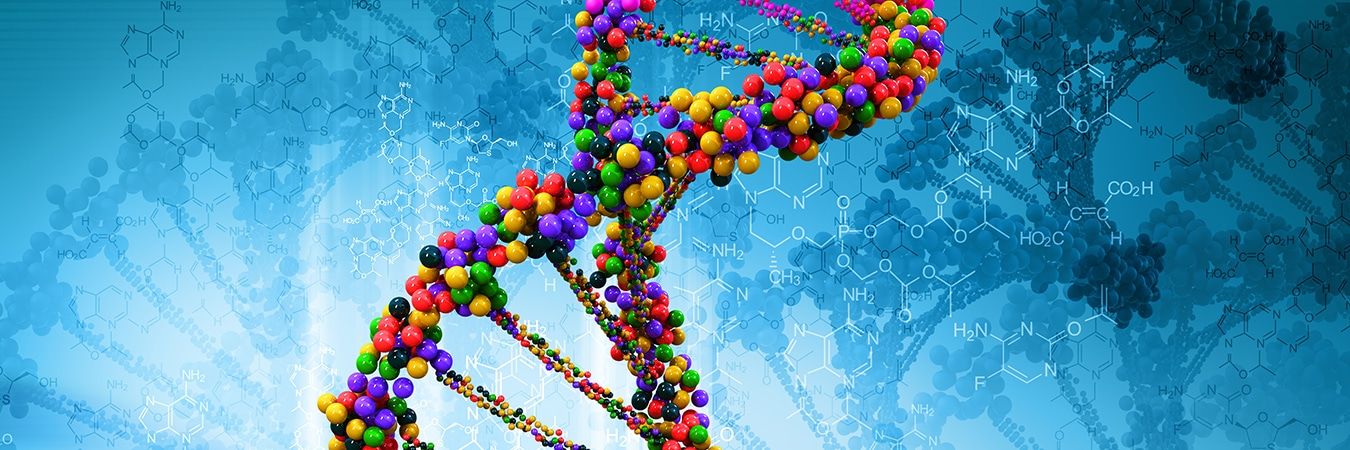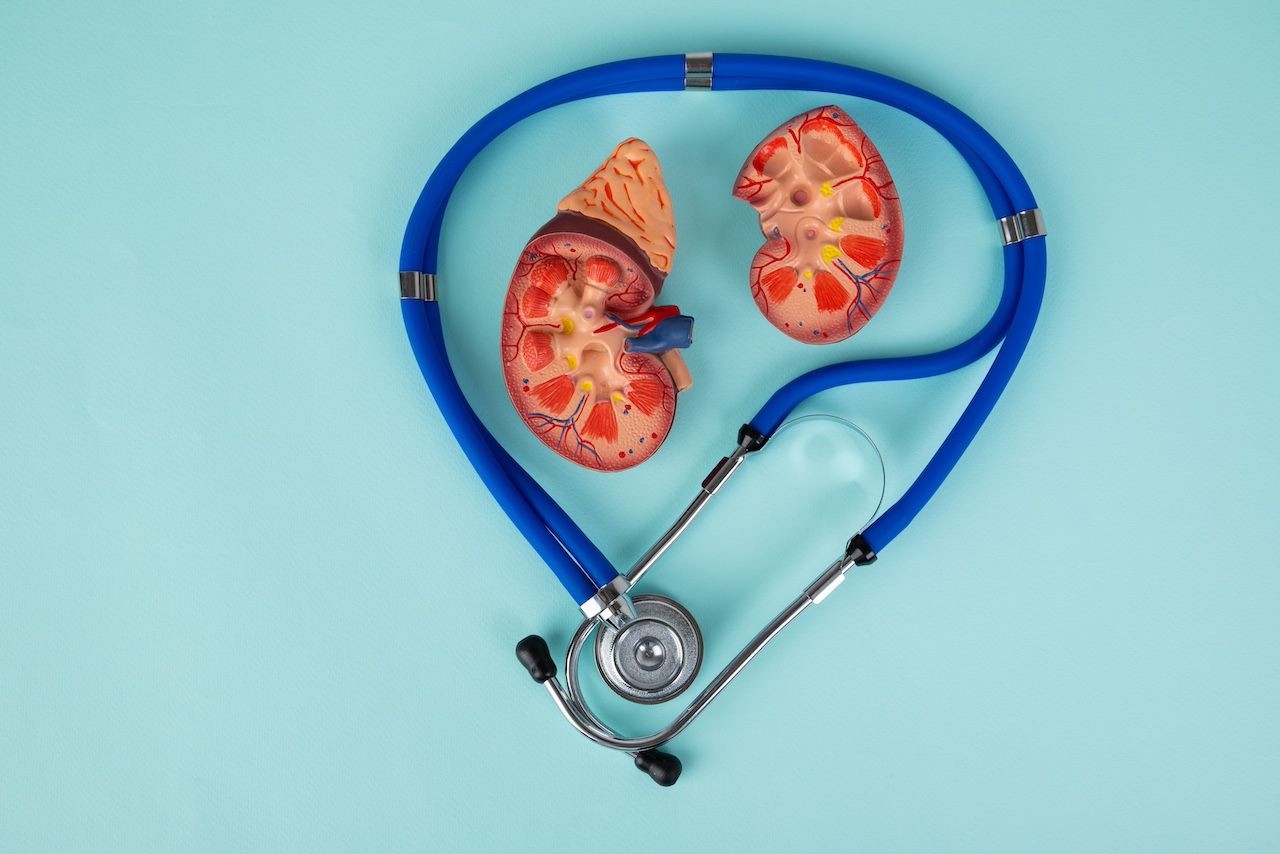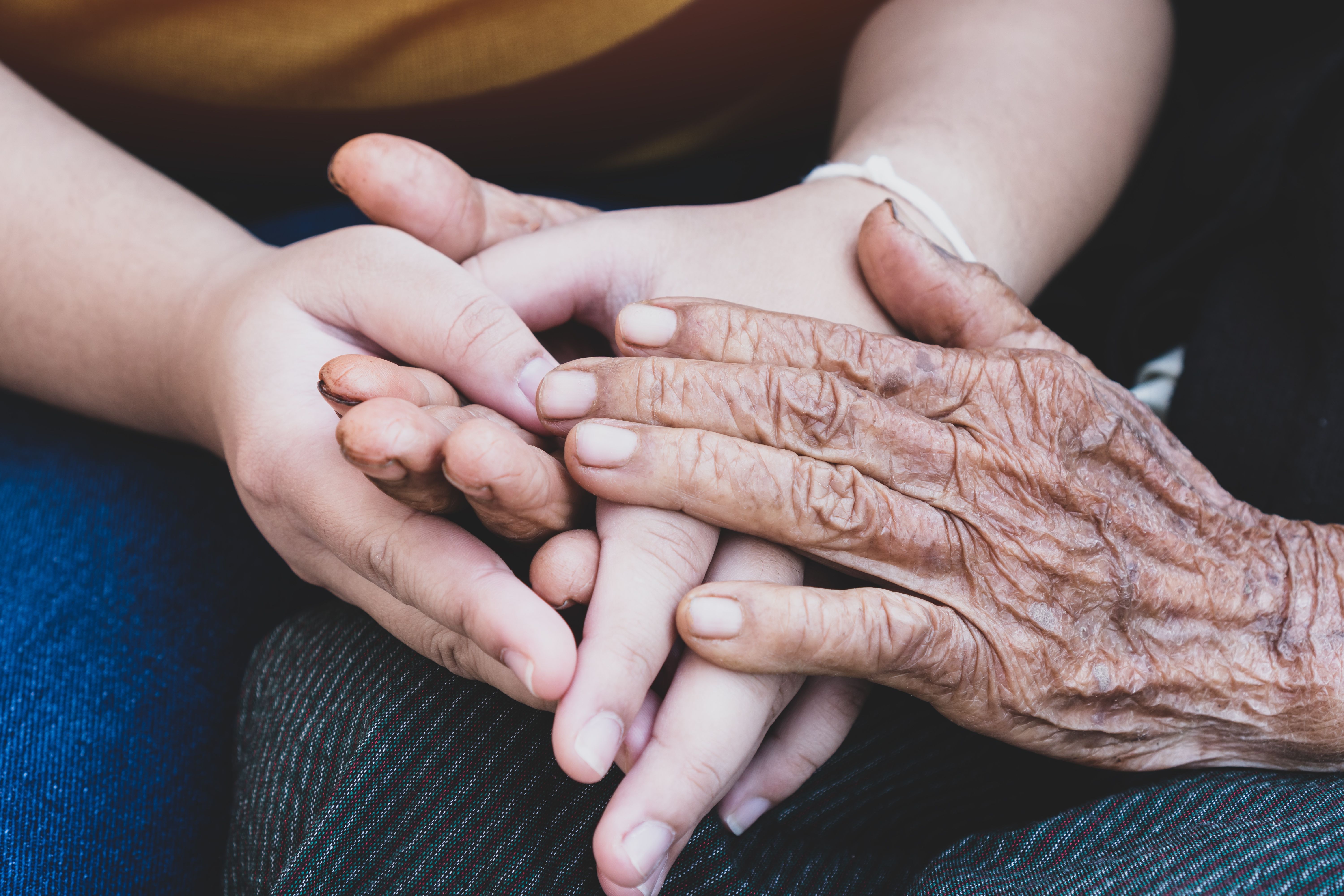News
Article
Study Finds Sisters of Women With High Breast Cancer Risk Share Common Factors
Author(s):
Sisters of women with high breast cancer risk share similar risk factors, including high polygenic scores, benign breast disease history, and denser breast tissue.
Woman hugging sister with cancer | Image Credit: Pixel-Shot - stock.adobe.com

Women with high breast cancer risk scores, along with their sisters, shared characteristics linked to increased risks, such as higher polygenic scores, benign breast disease history (BBDs), and denser breast tissue.
The prospective study enrolled healthy women in the Karolinska Mammography Project for Risk Prediction of Breast Cancer (KARMA) screening cohort from October 2010 to March 2013, linking them to their sisters. Nearly all participants (98%) donated blood and completed questionnaires on various risk factors, including reproductive history, lifestyle, and family health history.
Questionnaires were completed by 53,051 Swedish KARMA women aged 40 to 74 years old at enrollment that did not have prior breast cancer or other invasive cancer diagnosis. After using the Multi-Generation Register to exclude ineligible sisters, 32,198 sisters were included. Of this total, 5,352 were KARMA participants.
Breast cancer polygenic risk scores (BC-PRS) were computed using single nucleotide polymorphisms and categorized into 3 groups (0%-10%, 10%-90%, 90%-100%). Mammographic density was classified into categories of A (< 2%), B (2%-16.9%), C (17%-48.9%), and D (> 49%) based on the Breast Imaging Reporting and Data System (BI-RADS) scores. Women with the computer-generated BI-RADS (cBI-RADS) score were used as the reference group for A and B categories (49% of women).
Risk classifications over 2-years were categorized as average risk (< 0.6%), moderate risk (0.6% up to but not including 1%), and high risk (≥ 1%). These classifications aligned with the 5-year breast cancer risk scores of average risk (< 1.5%), moderately increased risk (1.5%-2.49%), and high risk (≥ 2.5%).
Follow-up took place from the time of KARMA participant enrollment until breast cancer diagnosis, end of follow-up (October 31, 2019), diagnosis of any invasive cancer, emigration, or death (whichever came first). On average, follow-up was 7.3 years for KARMA women and 7.4 years for their sisters.
Statistical analyses were performed using Stata, R, and SAS software, with Cox proportional hazard regression model calculations. The study examined the relationship between breast cancer risk in sisters and their KARMA participant counterparts through 2 separate analyses. First, they compared women aged 40 to 54 and 55 to 74 in the KARMA study with their corresponding sisters. Second, when a KARMA participant had multiple eligible sisters, the analysis randomly selected 1 sister using a random seed method.
The average age of KARMA participants at enrollment was 54.4 years, with more than half being postmenopausal. Their sisters were, on average, slightly older at 54.5 years. The study found several factors associated with an increased risk of breast cancer in women, but not in their sisters. These factors included later first births, later menopause, hormone replacement therapy use, smoking, and high alcohol consumption. Breast microcalcifications and masses were linked to higher cancer risk only for women, not their sisters.
KARMA women and their sisters faced a higher risk of breast cancer, with factors like increased BC-PRS (HR, 1.89) and a history of BBD (HR, 1.27) contributing to the risk. Epithelial proliferation with atypia exhibited the strongest association between the 2 groups (HR, 3.85 women and 1.74 sisters). Additionally, women and their sisters with dense breasts (cBI-RADS D) showed a heightened risk compared to those with nondense breasts (cBI-RADS A and B).
Compared to sisters in the average-risk group, those in the high-risk group had significantly higher HRs for breast cancer according to all 3 models: 1.35 for KARMA, 2.04 for Breast and Ovarian Analysis of Disease Incidence and Carrier Estimation Algorithm, and 1.78 for Tyrer-Cuzick. Sisters of women with high breast cancer risk experienced drastically higher 5-year cumulative incidence rates compared to sisters of women in the average-risk group. This further strengthens the observation that the stronger the risk factors in KARMA women, the higher the risk for their sisters. Additionally, sensitivity analyses confirmed consistent HRs for sisters' breast cancer risk even when restricting the analysis to 1 sister per woman.
Mammographic features or hormone-related, reproductive, lifestyle factors were not associated as increased risks of breast cancer among corresponding sisters.
The KARMA cohort's limited size and homogeneity (education, family history) restrict generalizability due to lacking data on age, socioeconomic status, and ethnicity.
High breast cancer risk scores in women were linked to increased risk in their sisters, potentially raising awareness and encouraging screening, but ethical concerns like privacy violations require caution.
Reference
Mao X, He W, Eriksson M, et al. Prediction of breast cancer risk for sisters of women attending screening. J Natl Cancer Inst. 2023;115(11):1310-1317. doi:10.1093/jnci/djad101
Newsletter
Stay ahead of policy, cost, and value—subscribe to AJMC for expert insights at the intersection of clinical care and health economics.
2 Commerce Drive
Suite 100
Cranbury, NJ 08512
© 2025 MJH Life Sciences® and AJMC®.
All rights reserved.





